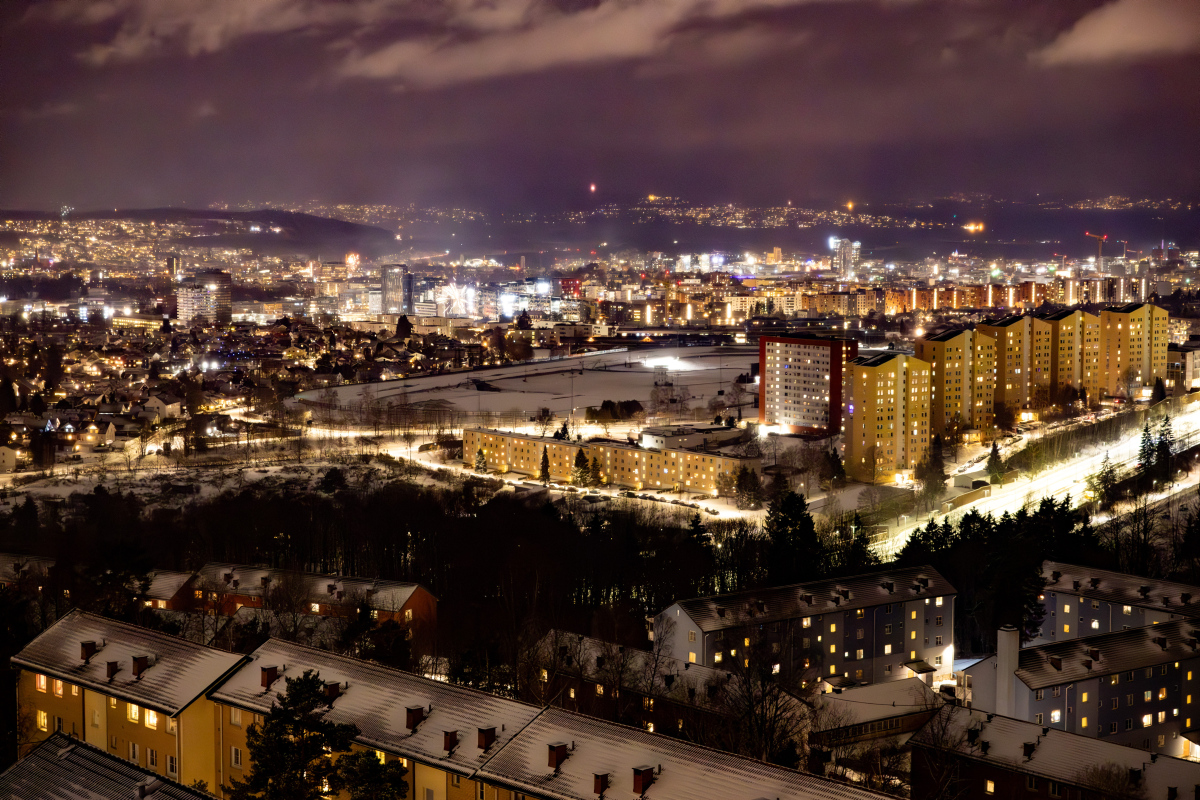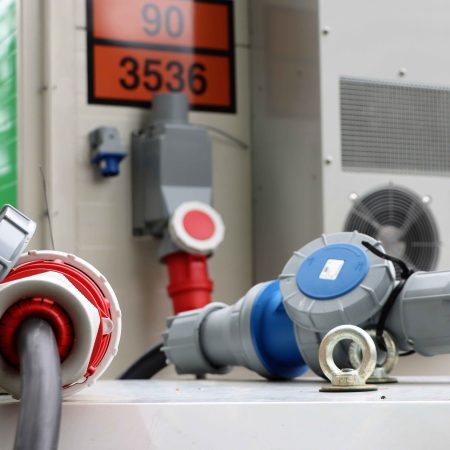Size: medium
Type: image

The Energy Planning Tool is pivotal for the city’s climate goals
Oslo plans to build over 3,000 homes annually and nearly 330,000 square meters of commercial buildings over the next ten years.
To ensure that the city uses energy more efficiently, the municipality has developed a new energy planning tool. The tool is designed to help reduce energy consumption and the need for additional power grid capacity, partly by utilizing excess heat that would otherwise be wasted.
Winter is the Major Challenge
Oslo experiences particularly high electricity consumption during the winter due to electric heating of apartments, houses, and commercial buildings. If we succeed in reducing electricity use during the winter season, we can accommodate more electricity demand on the power grid without the need for additional grid development.
Around 90 percent of the time, there is available capacity in the power grid. This makes it crucial to map potential heat sources, opportunities for local energy production, and the areas in Oslo that are connected to district heating. More efficient use of excess heat through integration into the low-temperature district heating network is a particularly important measure for improving energy utilization.
Energy Planning for the Future
The new energy map makes it possible to explore how urban development, climate measures, and energy use are interconnected. The goal is to identify solutions for using energy more efficiently and highlight areas of the city where heating and cooling can be done in a smarter way than today. The insights provided by this tool will play an important role in the planning of new buildings and areas in Oslo.
